by UC Davis

Credit: CC0 Public Domain
A new UC Davis Health study found that common gastrointestinal (GI) symptoms such as diarrhea, constipation and bloating are linked to troubling sleep problems, self-harm and physical complaints in preschool children. According to the study, published Aug. 6 in Autism Research, these GI symptoms are much more common and potentially disruptive in young kids with autism.
"Clinicians and parents need to be aware of the high occurrence of GI problems in kids with autism," said Bibiana Restrepo, assistant clinical professor of pediatrics and first author on the study. "This study highlights the link between GI symptoms and some problematic behaviors we see in preschool-aged children."
Children with autism experience more gastrointestinal symptoms
Gastrointestinal concerns are frequently reported by parents of children with autism spectrum disorder (ASD). Researchers from the UC Davis MIND Institute evaluated the presence of GI symptoms in preschool-aged children with and without autism.
The study included 255 (184 males/71 females) children with ASD between two and 3.5 years of age and 129 (75 males/54 females) typically developing children in the same age group. Pediatricians specializing in autism interviewed caregivers during the children's medical evaluation. They asked the parents how often their children experienced GI symptoms such as difficulty swallowing, abdominal pain, bloating, diarrhea, constipation, painful stooling, vomiting, difficulty swallowing, blood in stool and blood in vomit.
The researchers grouped children in two categories: those who experienced one or more GI symptom and those who never or rarely had GI symptoms in the last three months. They compared the children in the two groups on measures of developmental, behavioral and adaptive functioning.
The study found that preschool-aged children with ASD were 2.7 times more likely to experience GI symptoms than their typically developing peers. In fact, almost 50% of children with ASD reported frequent GI symptoms—compared to 18% of children with typical development. Around 30% of the children with ASD experienced multiple GI symptoms.
Problem behaviors as an expression of GI discomfort in children
Multiple GI symptoms were associated with increased challenges with sleep and attention, as well as problem behaviors related to self-harm, aggression and restricted or repetitive behavior in both autistic and typically developing children. The severity of these problems was higher in children with autism.
"Problem behaviors may be an expression of GI discomfort in preschool-aged children," said Christine Wu Nordahl, associate professor at UC Davis MIND Institute and the department of psychiatry and behavioral sciences. "GI symptoms are often treatable, so it is important to recognize how common they are in children with autism. Treating their GI symptoms could potentially provide some relief to the kids and their parents."
The study found no link between GI symptoms and the children's cognitive development or gender. GI symptoms were equally common in male and female preschool children.
Explore further Autism health challenges could be explained by problem behaviors
A new UC Davis Health study found that common gastrointestinal (GI) symptoms such as diarrhea, constipation and bloating are linked to troubling sleep problems, self-harm and physical complaints in preschool children. According to the study, published Aug. 6 in Autism Research, these GI symptoms are much more common and potentially disruptive in young kids with autism.
"Clinicians and parents need to be aware of the high occurrence of GI problems in kids with autism," said Bibiana Restrepo, assistant clinical professor of pediatrics and first author on the study. "This study highlights the link between GI symptoms and some problematic behaviors we see in preschool-aged children."
Children with autism experience more gastrointestinal symptoms
Gastrointestinal concerns are frequently reported by parents of children with autism spectrum disorder (ASD). Researchers from the UC Davis MIND Institute evaluated the presence of GI symptoms in preschool-aged children with and without autism.
The study included 255 (184 males/71 females) children with ASD between two and 3.5 years of age and 129 (75 males/54 females) typically developing children in the same age group. Pediatricians specializing in autism interviewed caregivers during the children's medical evaluation. They asked the parents how often their children experienced GI symptoms such as difficulty swallowing, abdominal pain, bloating, diarrhea, constipation, painful stooling, vomiting, difficulty swallowing, blood in stool and blood in vomit.
The researchers grouped children in two categories: those who experienced one or more GI symptom and those who never or rarely had GI symptoms in the last three months. They compared the children in the two groups on measures of developmental, behavioral and adaptive functioning.
The study found that preschool-aged children with ASD were 2.7 times more likely to experience GI symptoms than their typically developing peers. In fact, almost 50% of children with ASD reported frequent GI symptoms—compared to 18% of children with typical development. Around 30% of the children with ASD experienced multiple GI symptoms.
Problem behaviors as an expression of GI discomfort in children
Multiple GI symptoms were associated with increased challenges with sleep and attention, as well as problem behaviors related to self-harm, aggression and restricted or repetitive behavior in both autistic and typically developing children. The severity of these problems was higher in children with autism.
"Problem behaviors may be an expression of GI discomfort in preschool-aged children," said Christine Wu Nordahl, associate professor at UC Davis MIND Institute and the department of psychiatry and behavioral sciences. "GI symptoms are often treatable, so it is important to recognize how common they are in children with autism. Treating their GI symptoms could potentially provide some relief to the kids and their parents."
The study found no link between GI symptoms and the children's cognitive development or gender. GI symptoms were equally common in male and female preschool children.
Explore further Autism health challenges could be explained by problem behaviors
More information: Bibiana Restrepo et al, Developmental–behavioral profiles in children with autism spectrum disorder and co‐occurring gastrointestinal symptoms, Autism Research (2020). DOI: 10.1002/aur.2354
Journal information: Autism Research
Provided by UC Davis
 Credit: Tufts University
Credit: Tufts University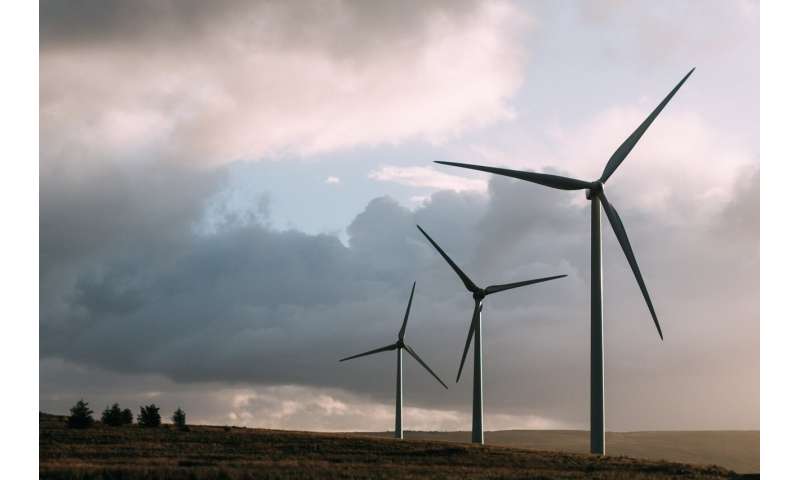


 Malayan porcupine (Hystrix brachyura) farm in Dong Nai province, November 2013. Credit: Huong et al, 2020 (PLOS ONE, CC BY)
Malayan porcupine (Hystrix brachyura) farm in Dong Nai province, November 2013. Credit: Huong et al, 2020 (PLOS ONE, CC BY)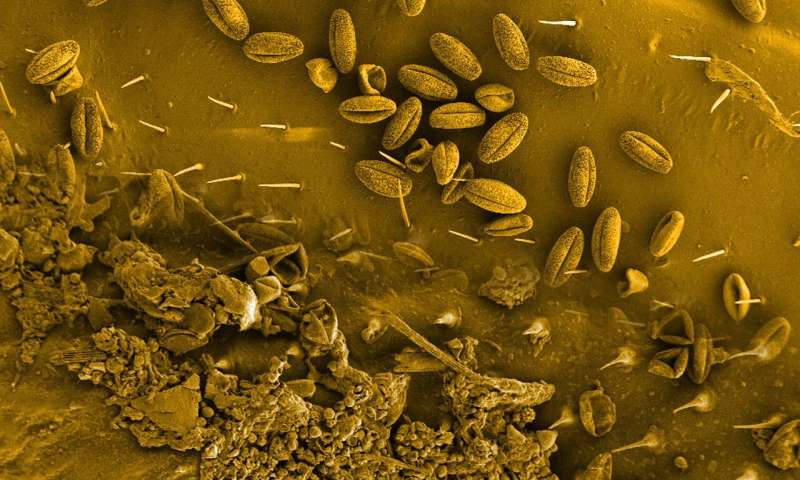
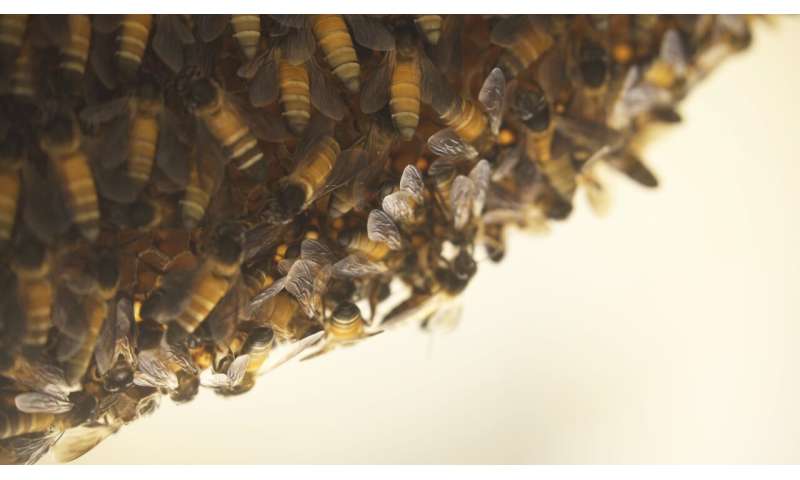
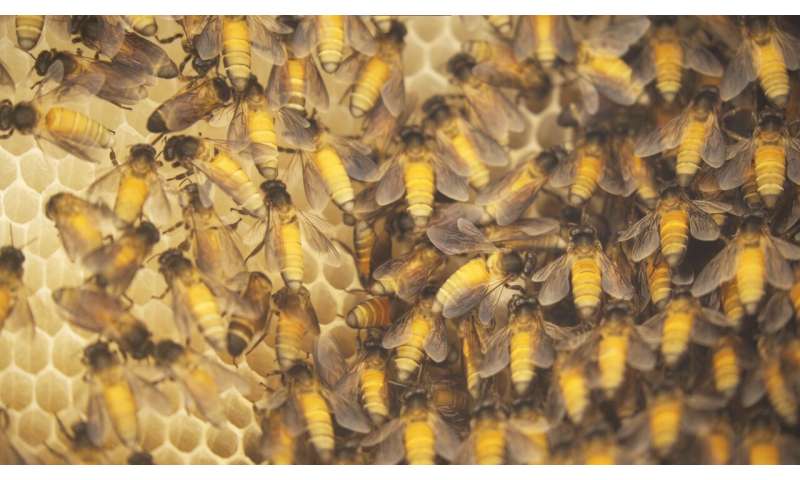
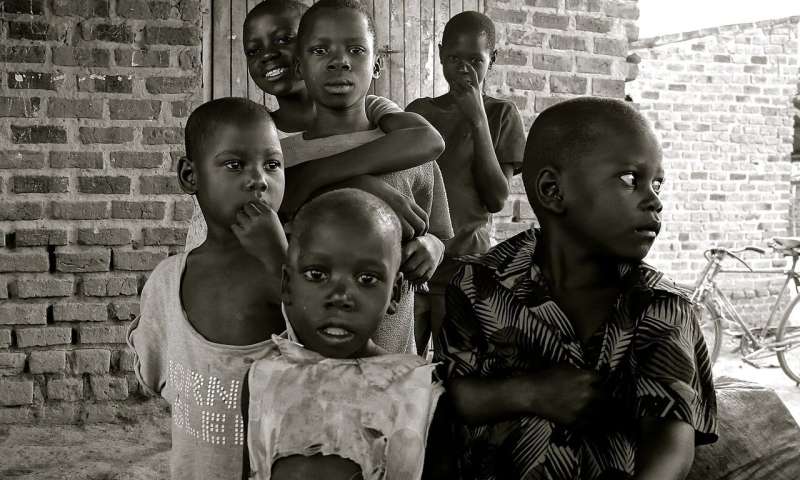
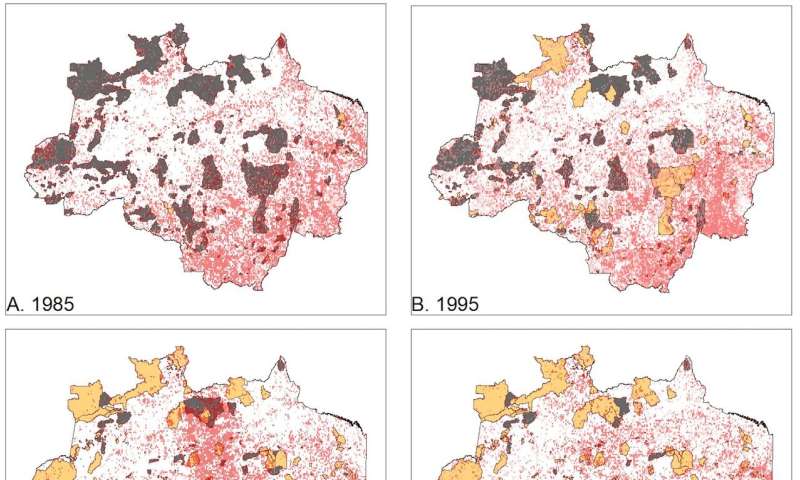
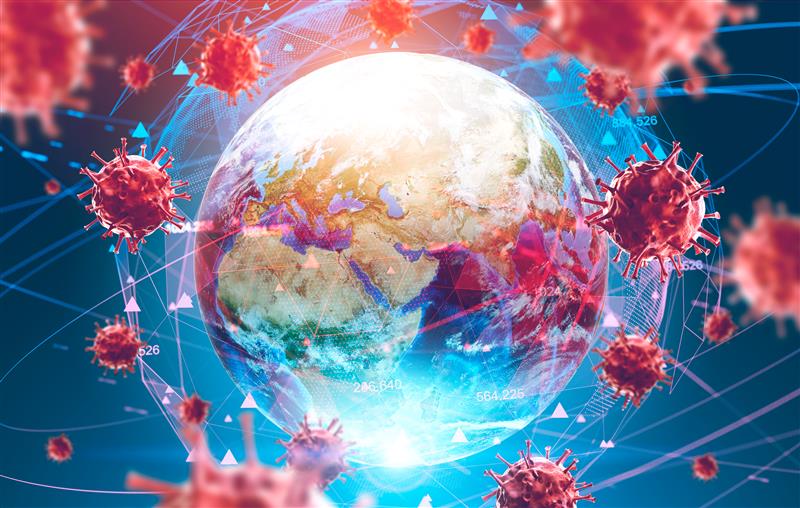 Comparing seasonal
Comparing seasonal